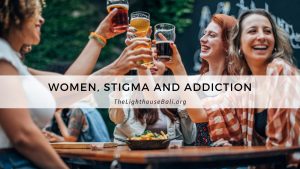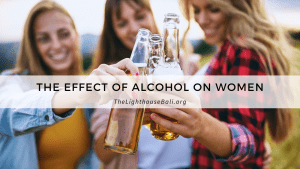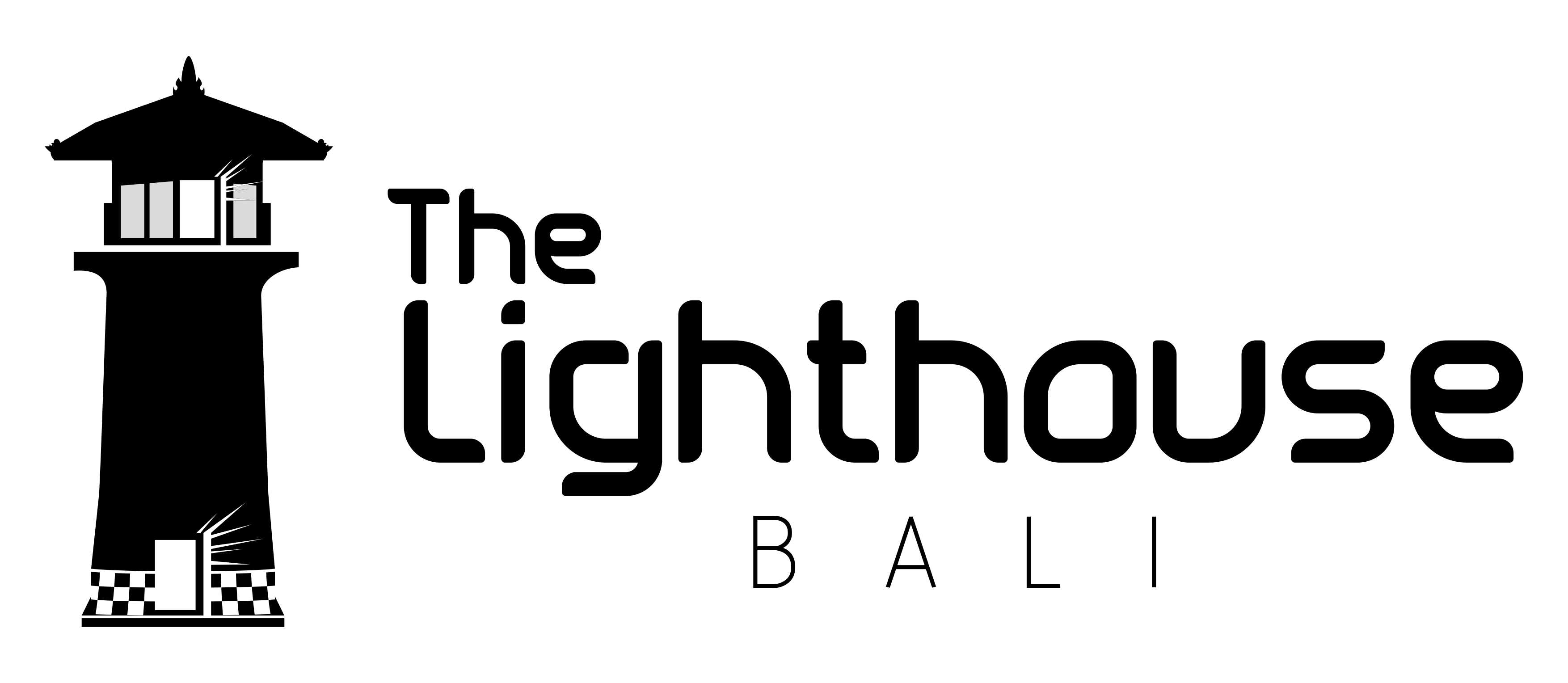
Benzodiazepine Addictions: Signs, Dangers and Recovery
What are Benzodiazepines?
Benzodiazepines are a class of pharmaceutical drugs prescribed for a spectrum of mental disorders and ailments. They are used to treat moderate to severe anxiety, panic attacks, epileptic seizures and even withdrawal symptoms from other central nervous system depressants like alcohol. Benzodiazepines are highly addictive, so they are generally prescribed for short-term use only.
Most benzodiazepines come in pill or tablet form for oral consumption. Some brands, like Valium, can also be administered intravenously as a clear, odourless liquid. Benzodiazepines are legal when they are prescribed by a medical practitioner, however, there is also a black market for these drugs. On the street, benzodiazepine drugs might go by other names like tranks, downers, bars, sticks, French fries, ladders, or simply ‘benzos’.
Some common benzodiazepines include: Valium, Xanax, Ativan, Klonopin, Librium and Halcion.
Benzodiazepine use is much more widespread than many people think:
- Each and every year, doctors in the United States write out more than 50 million prescriptions for benzodiazepines (AAFP: American Academy of Family Physicians)
- 11 to 15 percent of Americans have benzodiazepines in their medicine cabinet (American Psychiatric Association).
Benzodiazepine Effects & Dangers
Due to their high potency, benzodiazepines can change the brain’s neurochemistry. Over time, the drugs build up in the body and users can develop mental and physical dependencies on the drugs as a result. The prevalence of benzodiazepines as popular and frequently prescribed anti-anxiety medications means that people from every demographic and lifestyle can be exposed to them. Addiction can form even under a physician’s care and prescribed doses.
Because benzodiazepines are available by prescription, users and their loved ones are often unaware of the high abusive and addictive potential they hold. Signs of addiction that might be overlooked include developing a tolerance to the drugs’ sedative effects or dismissing important people and activities to focus solely on getting and abusing the drugs.
One of the biggest dangers of benzodiazepine abuse is that users will often mix these drugs with other central nervous system (CNS) depressants. Alcohol is typically the chosen CNS sedative to combine with benzodiazepines, but users might also take benzos in conjunction with opiate drugs to escalate both highs. Mixing benzodiazepines with other prescription or illicit drugs greatly increases the odds of overdose which can result in the user’s heart rate and breathing dropping so low that it stops entirely.
Recognizing the Signs of Benzodiazepine Abuse and Addiction
Outward symptoms of Benzodiazepine abuse can vary from person to person, but some common signs to look for include:
- Weakness
- Blurred vision
- Drowsiness
- Sweating
- Blacking out
- Shallow breath
- Poor judgment
- “Doctor shopping” to obtain multiple prescriptions
- Asking others for their pills
- Inability to stop using despite making attempts
- Mood changes
- Engaging in risky behaviours
- Mixing benzos with other drugs
- Impaired coordination
- Withdrawal symptoms
- Forgetfulness
- Fatigue
- Anxiety
You may also see a change in the personality of a benzodiazepine addict as they become more secretive, stop taking part in activities which they previously enjoyed and lying about where they are going and who they are seeing. If you or someone you know is displaying any of these behaviours, immediate help should be sought.
Most concerning about benzodiazepine addiction is the impact on cognitive function and the brain which can result in the following:
- Disinhibition
- Impaired concentration and memory
- Drowsiness
- Decreased reaction time
- Ataxia
- Loss of coordination
- Amnesia
- Permanent cognitive defects
- Muscle stiffness
- Depression
- Sexual Dysfunction
- Dementia
Many of the severe reactions to abruptly stopping use come from the brain’s new chemical dependency on the drug. Benzodiazepines re-calibrate the brain’s neurological network for transferring and processing information so that without the drug the brain cannot function properly.
Benzodiazepine Withdrawal and Treatment
Due to the brain’s rewired chemical circuitry after prolonged use, someone suffering from a benzodiazepine addiction will likely experience physical and psychological withdrawal symptoms while quitting. The duration and amount of benzodiazepine use determines the severity of these withdrawals. At their most intense, withdrawal symptoms can prove lethal. Users who go “cold turkey” and abruptly stop benzodiazepine use are more likely to experience severe withdrawal symptoms than those who gradually “taper off”.
Seizures, coma, hallucinations, muscle pain and cramps, and suicidal thoughts are all possible symptoms of benzodiazepine withdrawal.
The Rebound Effect of Benzodiazepines
Because benzodiazepines are mainly prescribed to treat mental health conditions including generalized anxiety disorder and insomnia, many people who stop taking these medications experience increased anxiety or restlessness as a result. This is called the rebound effect.
Rebound symptoms usually manifest within one to four days of discontinuing use, depending on the type of benzodiazepine used, the amount of use, and the frequency of use. These symptoms typically last up to ten days and include
- Sleep disturbances
- Increased tension
- Anxiety
- Panic attacks
- Difficulty concentrating
- Excessive sweating
- Heart palpitations
- Headache
- Muscular stiffness or discomfort
- Mild to moderate changes in perception
- Cravings
- Hand tremors
Less common and more severe symptoms can occur as well, especially in cases of severe addiction. These include:
- Hallucinations
- Seizures
- Psychosis or psychotic reactions
- Increased risk of suicidal ideation
The difference between rebound effects and withdrawal is that rebound effects are the return of previous symptoms that were in existence before benzodiazepine use began, while withdrawal symptoms are caused by the body struggling to adapt to the end of benzodiazepine use.
Post-Acute Withdrawal Symptoms (PAWS)
Post-acute withdrawal symptoms often continue to occur for six months or longer after ceasing benzodiazepine use. Symptoms of PAWS include:
- Persistent anxiety
- Chronic insomnia
- Difficulty performing complex tasks
- Poor concentration
- Loss of sex drive
- Depression
Benzodiazepine Detox
Detox from benzodiazepines need to be carefully planned and monitored as it can cause dangerous side effects including seizures and suicidal behaviour. A grand mal seizure may occur in perhaps as many as 20-30 percent of individuals undergoing untreated withdrawal from these substances*1
For those with severe benzodiazepine addictions, The Lighthouse Bali is one of the only rehabs in Bali that is able to provide a medical detox. A medical detox is closely monitored by our medical and clinical teams. It is, by far, the safest and most comfortable way to detox.
Inpatient Care and Rehab
The Lighthouse Bali’s proven combination of an initial Primary Inpatient Program*2 followed by Outpatient Care and Ongoing Therapy has helped Benzodiazepine addicts from around the world get their lives back on track. Through individually tailored treatment, professional therapy, and compassionate support, you will be given the tools you need to ensure the best possible chances of a long term recovery.
If you are concerned about yourself or a loved one, we urge you to reach out and contact us in confidence. Our private programs are tailormade to suit individual needs and our doctorate level clinical staff have extensive experience in the field of addiction. If you are not currently in Bali but would like to begin a recovery program immediately, we also have online recovery options available which can be taken in this interim period before Bali reopens international borders.
To talk to one of our team members, contact us on WhatsApp or by Phone. Alternatively, send us an email and we will either answer your questions in writing or call you back, according to your preference
We understand how difficult it can be to reach out for help, but you only need to do it once and we’ll be by your side the rest of the way.
*1 Diagnostic and Statistical Manual of Mental Disorders, 5th Ed.
*2 The duration of Primary Inpatient Programs and Outpatient Care varies according to individual circumstances. Both Inpatient and Outpatient treatment is based around monthly (28 day) increments. As a general guideline we recommend between one to three months Primary Inpatient Programs for benzodiazepine users, followed by one to two months Outpatient Care in Bali, and up to six months of ongoing therapy (by Zoom or Skype from home). The longer you stay in rehab, the better your chances of staying clean when you return home.
Learn More

CREA 2023 Awards
The esteemed CREA Award is proudly presented to Dr. Julia A. Andre by the Brainz Magazine Selection Committee, acknowledging her remarkable contributions to the field of trauma therapy and mental health…

Women and the Stigma of Addiction
Why is the stigma of addiction so much stronger against women than men? Read more here…

Effects of Alcohol on the Female Body
Drinking alcohol is common in men and women but did you know that the effects of alcohol differ between genders?
